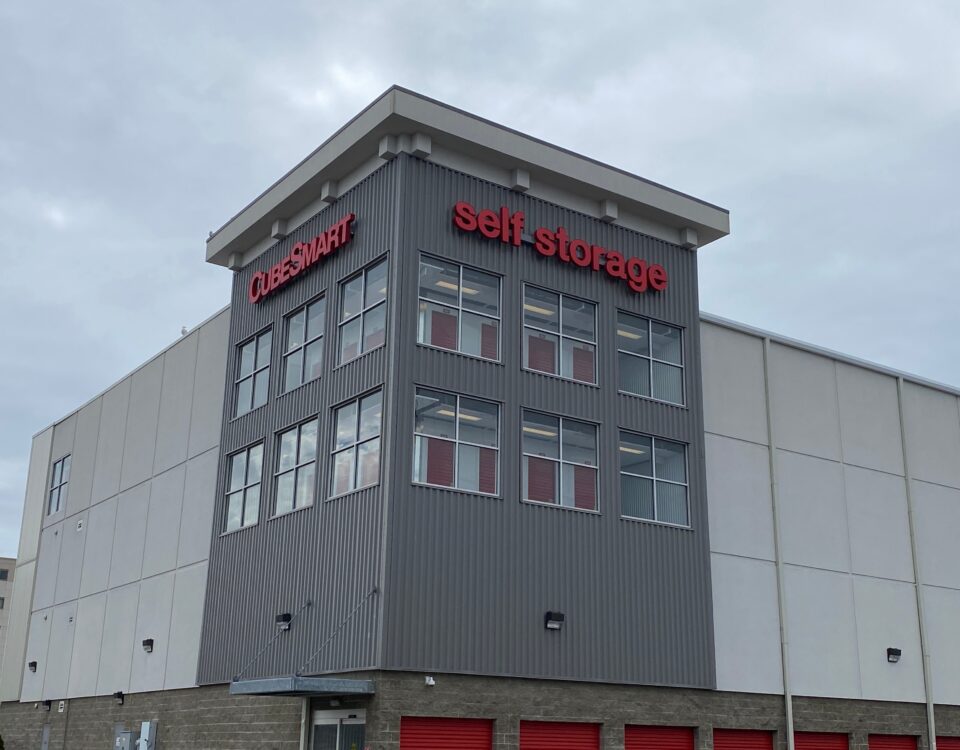
Bridge Loan Investing Basics
April 5, 2023
Meet John Lettera, Co-Founder and Head of Origination for Fairbridge Asset Management
May 22, 2023What is a “Cap Stack?”
In commercial real estate, the “capital stack” – often referred to simply as the “cap stack” – is the structure of capital invested in a property. This includes all types of equity and debt, from common and preferred equity to junior and senior debt.
Why do cap stacks matter?
The capital stack helps to identify each stakeholder, the priority in which they are paid, and as a result, how much risk each stakeholder carries. For bridge lenders and their investors, understanding where they stand in the cap stack relative to other debt and equity holders, as well as relative to the value of the collateral, is critical to evaluating a deal’s risk/reward characteristics.
The cap stack can be expressed visually to show each component of a commercial property’s underlying financials, with each layer “stacked” in order of repayment seniority and risk profile.
Debt vs. Equity in Real Estate
In commercial real estate, the capital stack is divided into two main components: debt and equity. These groupings can then be broken down into further subsets, with some cap stacks comprising four types of capital: common equity, preferred equity, mezzanine debt and senior debt.
As counterintuitive as it may seem, it’s important to understand that a cap stack is built from the top-down, but repayment priority flows from bottom to top.
- Common equity sits atop the stack but is lowest in terms of seniority. This is typically owner equity with the highest risk/reward profile.
- Preferred equity used to function more like common equity, with preferred payment rights, but today it tends to resemble high-risk debt.
- Mezzanine debt: This debt tends to carry high interest rates because senior debt has repayment priority.
- Senior debt: Sometimes a traditional bank loan, but also many times a bridge loan. Usually, senior debt must be repaid before all others in the cap stack.
Where are bridge loans located in the cap stack?
This is where things get interesting for investors. Bridge loans carry many features of mezzanine debt – private money, secured by the asset, higher interest than bank financing, etc. However, bridge loans are often positioned as senior debt and may even be the only debt in the cap stack.
For example, Fairbridge Asset Management issues first-lien bridge loans, meaning we are positioned as senior debtholders and typically have the right to repayment before all other debt and equity holders.
LTV and the “attachment point”
No matter where you are in the capital stack, understanding your loan-to-value ratio is key. We call this the “attachment point.” If our team lends $6 million against a property worth $10 million, we’ve lent at the 0%-60% attachment point, with 60% loan-to-value. This provides 40% of equity “cushion,” or protection for our 60% LTV loan.
The entire capital stack can be thought this way. If a mezzanine lender comes in behind our $6 million loan and lends $2 million in mezzanine debt, they’re at the 60%-80% attachment point with an 80% loan-to-value. This loan has more risk and less protection. As a result, it will generally charge a higher interest rate to the borrower.
Loan-to-value describes each part of the capital stack’s coverage relative to the value of the asset. The attachment point reflects how much is in front of you – and how much is behind you – in terms of priority.
Bridge loans: A Risk/Reward Sweet Spot
For investors, bridge loans can offer a compelling risk/reward profile: First-lien, asset-back debt puts bridge lenders in a lower-risk position within the cap stack. However, bridge lending has the ability to command higher interest rates, as there is often a value-add component to the use of proceeds of the loan. As a result, bridge lending has the ability to generate attractive risk-adjusted returns.
Considerations
There are some considerations that must be taken into account, starting with the fact that these loans are illiquid. In addition, real estate collateral values can change over time due to factors such as interest rates and supply and demand. Lastly, using excess leverage to make bridge loans can create additional risk. For Fairbridge, we tend to focus on residential real estate collateral, which we feel mitigates some of this risk, as there is a housing shortage in the U.S. Additionally, we use limited leverage when originating and funding bridge loans.


































